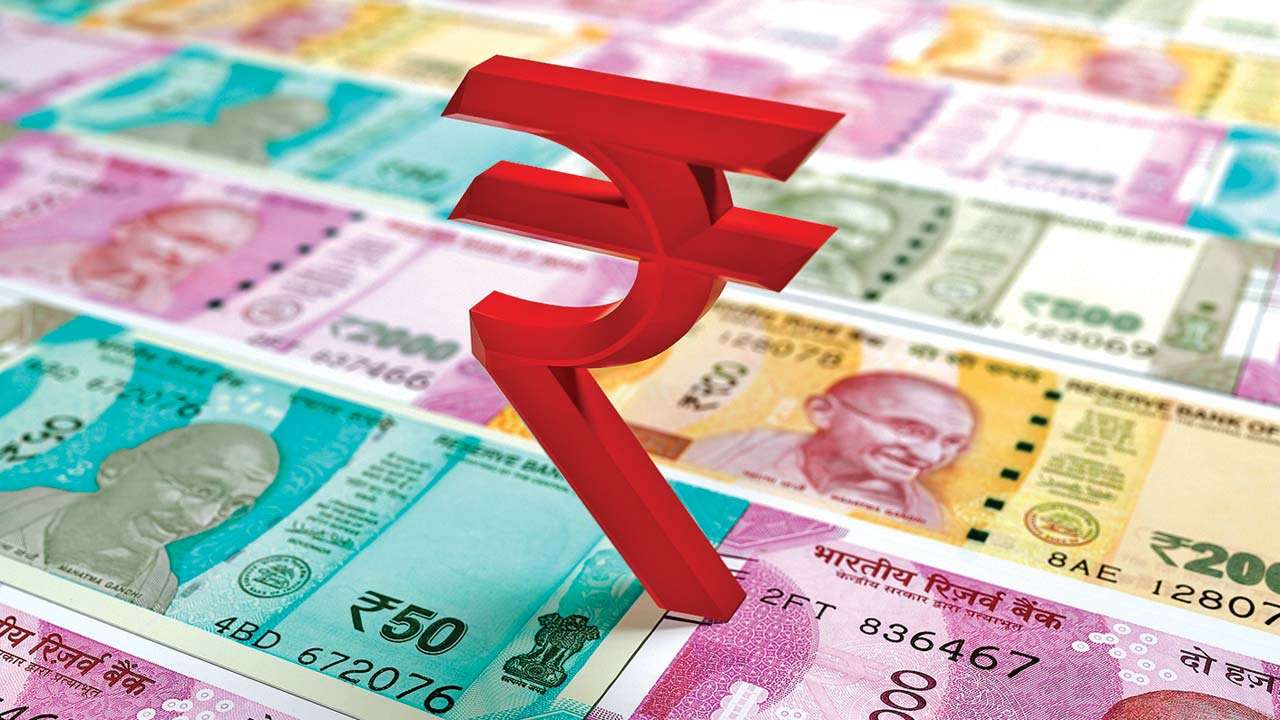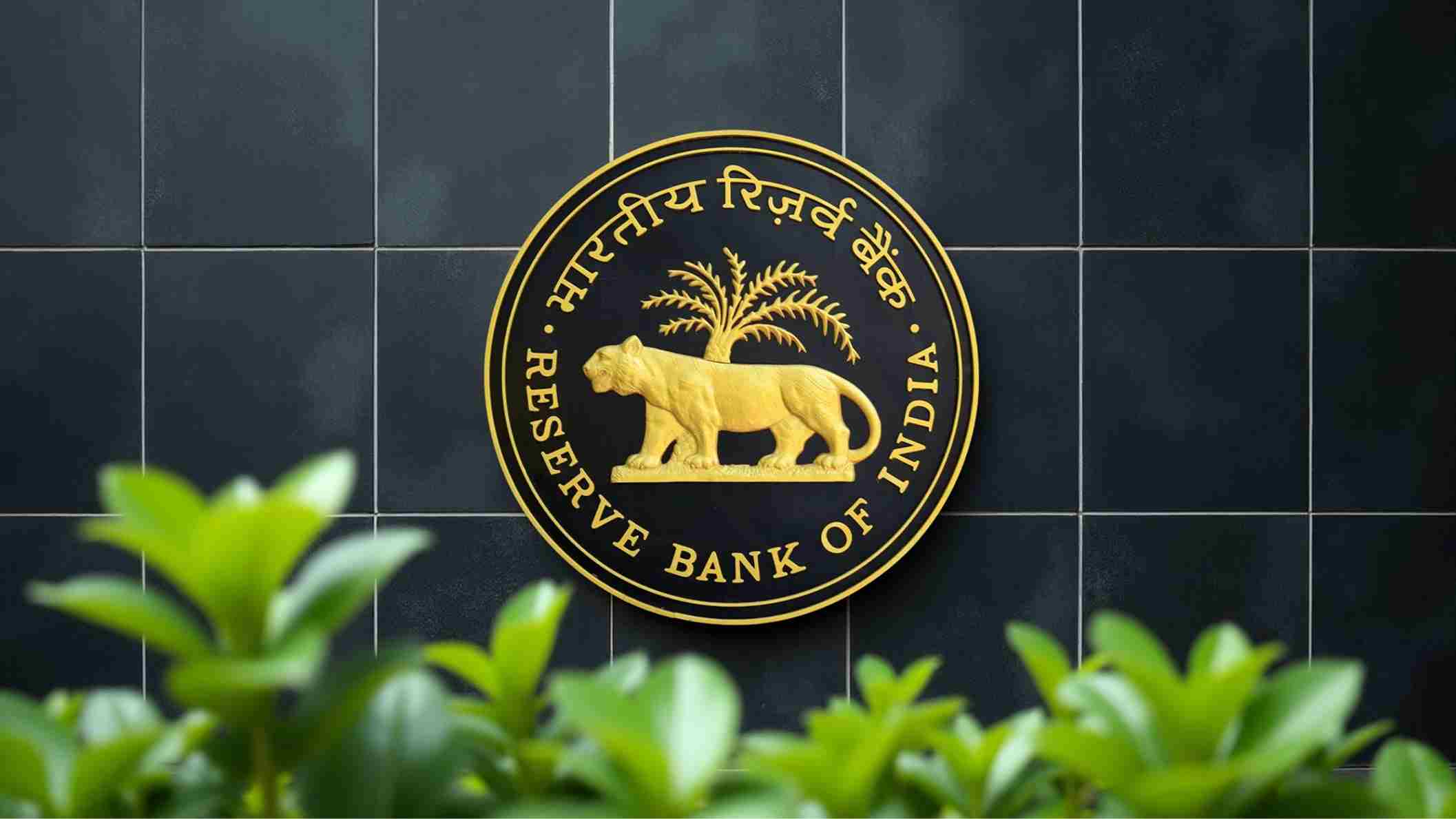The Indian Rupee’s slide to ₹88 against the US dollar in 2025 might sound alarming, but unlike past currency crises, this time there’s no panic. The calm reflects how much India’s foreign exchange policy and financial ecosystem have evolved since the turbulent days of 2013’s Taper Tantrum. With global volatility rising and the US dollar wobbling, the rupee’s weakness tells a larger story of how India is balancing global pressures with domestic resilience.

The dollar weakens but the rupee struggles
Globally, the dollar has been softening as the US Federal Reserve signals rate cuts in the coming quarters. Historically, this would lift emerging market currencies like the rupee. Yet, India’s domestic pressures from tariffs to foreign portfolio outflows have kept the rupee under pressure.
By late August, the rupee breached ₹88 per dollar, marking an all-time low. But unlike 2013, when the rupee crashed over 14% within weeks, this depreciation has been gradual and controlled. Markets, analysts, and even corporates have shown a surprising sense of calm.
RBI’s new playbook: Stability without aggression
The key reason behind this calm is the Reserve Bank of India’s shift in strategy. Instead of aggressively defending a specific exchange rate level, the RBI has adopted a “light-touch” approach. When the rupee slipped past ₹88, the central bank didn’t launch heavy interventions.
In August 2025, RBI reportedly sold around $3.9 billion in spot foreign exchange — far less than the $14 billion it spent during the 2013 crisis. Over the previous months, it also rebuilt more than $39 billion in reserves, creating a buffer for future volatility.
This deliberate restraint reflects the RBI’s confidence. With ample forex reserves, flexible intervention tools, and a more liquid forward market, the bank can now focus on long-term stability instead of short-term optics.

What’s holding the rupee back
While global conditions seem favorable, several domestic and policy factors continue to weigh on the currency. The US has imposed steep tariffs on Indian exports, including a 25% levy linked to India’s Russian oil imports. Meanwhile, foreign portfolio investors have withdrawn roughly $16.6 billion this year amid weak corporate earnings and reduced dividend inflows.
India also lacks a near-term catalyst to attract large inflows. While long-term fundamentals remain solid thanks to a strong banking system and government reforms investors are waiting for fresh momentum through capex revival or export competitiveness.
Learning from the past
In 2013, India’s forex reserves covered less than seven months of imports, forcing the RBI into emergency action. Today, reserves comfortably exceed a year’s worth of imports. Derivative exposures are also minimal — only 6.4% of open options have strikes above 4% of current levels, compared to over 50% during the taper tantrum. This limits the risk of a disorderly rupee selloff.
Put simply, the RBI has learned its lessons. Its new approach focuses on preserving reserves, managing liquidity, and letting markets absorb gradual shifts instead of imposing rigid controls.

The road ahead for the rupee
Looking forward, analysts expect the rupee to stabilize between ₹86–87 per dollar by March 2026, with further appreciation possible in FY27 if capital inflows pick up and global volatility subsides. However, without stronger domestic growth triggers such as investment reforms, manufacturing momentum, or tech-driven exports the rupee may continue to lag behind regional peers.
Still, this is no crisis. The Indian rupee today reflects maturity, not fragility. The central bank’s steady hand and policy confidence have replaced the panic-driven days of the past. The currency may not soar, but it’s holding its ground amid global turbulence a quiet win for India’s economic management.
Follow You Finance on Instagram and Facebook for more updates on India’s markets, economy, and policy trends shaping the future.















